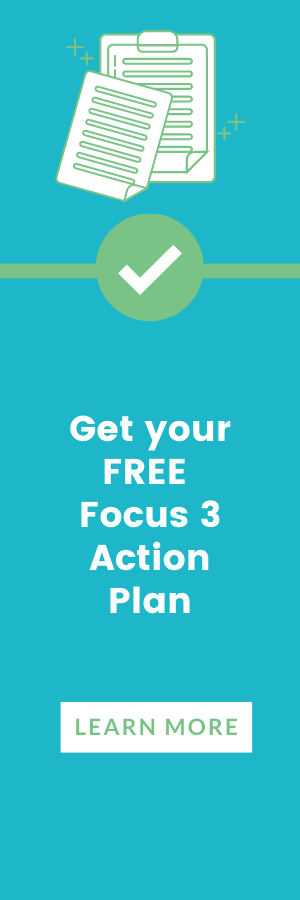Get the Most Out of Your Customer Journey with the 6-Stage Flywheel
Do you have a Growth Flywheel implemented in your business?

In this blog I want to talk about the six-stage flywheel process that I use with all of my consulting clients. This is a program that we also use in the DigitalMarketer ELITE Coaching Program, where I am a coach as well.
After mapping your Customer Value Journey (CVJ) and outlining how you're gonna take people through from being just aware of you all the way through to brand advocates… once you know the things that you need to work on, then what you can do is accelerate growth by implementing the Six-Stage Flywheel.

Stage 1: Diagnose
The first stage is Diagnose. When you do this, what you're really doing is looking at your Customer Value Journey and saying, "What is the stage that needs our focus the most?" You assess the Customer Value Journey and then pick one stage that you're going to focus on.
This is where knowing your metrics comes in handy. If you’ve been tracking your metrics across each stage of the CVJ, look for where the biggest drops in conversion are happening and focus there.
Stage 2: Ideate
The second stage is Ideate. This is where you use a tool called the Growth Lever Canvas. It uses the ICE method where you can score the different ideas that you have to grow your business in that particular area of the Customer Value Journey. You score each area using three components: impact, confidence, and ease.
Really this is about getting broad with all of these ideas that you have and then narrowing it down so that you have a plan in place on how you want to grow that particular area of the CVJ.
Stage 3: Planning
After going through the Ideate stage (you've gone broad, you've narrowed it down), now you're going to look at three projects. The way that we do this in our coaching and consulting practice is by mapping out 30-, 60-, and 90-day plans.
We like to look at three projects that we will complete every quarter. Now, you might be able to complete more, but on average it's a good idea to not really go past that because then you end up creating all these goals that are unachievable. (If you find that you have a bad habit of starting a new project before completing another, check out our blog on Shiny Object Syndrome.)
One of the number one things that I like to do to make sure that my clients have success is to not overextend by creating goals that are unattainable. If you make attainable goals in a set amount of time, then you'll have more success. Once you start to achieve those goals, then you're able to then say, "What do we want to achieve next?"
It's hard to kind of get into that rhythm if you are always setting too high or too lofty of goals that you won't be able to attain in the amount of time. A mentor once told me, "Think of how much time you think it's going take you to do a task and then double it… and then take that number and double it again." That's probably how long it's actually going to take you.

Stage 4: Execute
After you have your plan in place then you get to the fourth stage, Execute. If you want to track anything, you need to execute. You need to put things into motion.
When it comes to digital marketing, a lot of times people can get stuck in the learning phase. They spend too much time educating and not enough time executing. But execution and getting things done can be better than trying to be perfect and always trying to learn. Don't be afraid that you don't know enough. You really learn by doing.
Stage 5: Measure
The next stage of the flywheel is to Measure. We use a tool called the Growth Scorecard that comes into play here. The Growth Scorecard helps us to look at the metrics.
Some questions we ask at this stage include:
- What are the different metrics at each stage of the Value Journey?
- How are those performing?
- What are the targets that you've set and what are the actual metrics that you're achieving?
- Are you doing well in areas? Are you doing poorly in areas?
- Are there areas that need your attention and focus?
When looking at these metrics for the projects that you've planned for your quarter, you might have specific metrics for those projects that you need to look at.
I cannot stress enough that what does not get measured does not get improved.
Although data and analytics is probably the least sexy part of digital marketing, it is actually truly the most sexy. You know, like the nerds in elementary school, you don't wanna play with them. Well, those are the ones that end up being the most valuable. And trust me, data and metrics and KPIs are the same way. So make sure you're measuring.
Stage 6: Report
The sixth stage, Report, kind of goes with the fifth stage. After you measure your marketing, your projects, and these KPIs, what you want to do is report back.
You will want to report and diagnose to see how things are working and what needs to adjust. Based on what you find there will determine where you go next… which is essentially to go back to the very first stage of Diagnosing.
The Growth Flywheel is… well, like a wheel. It’s cyclical. It's not something that you do once and you're done. This is a process that you need to repeat; however, it does get faster and easier with time.

IMPORTANT LINKS
LEARNING STYLES
All rights reserved. Success with Digital Inc. | Privacy Policy | Refund Policy




